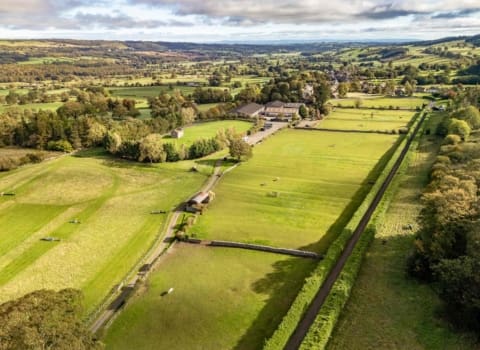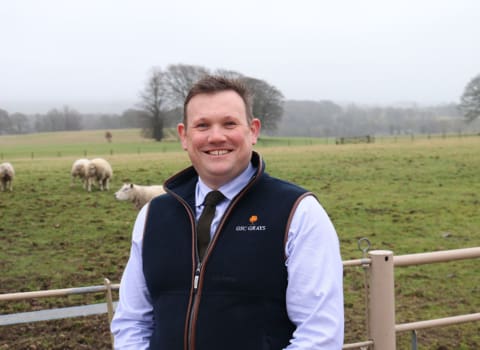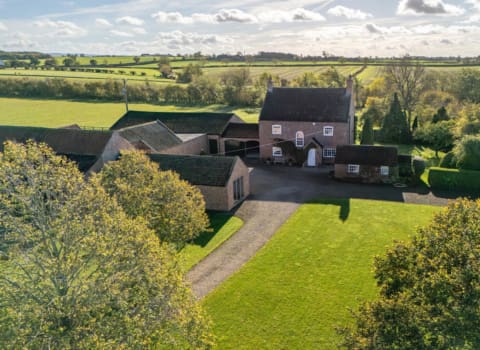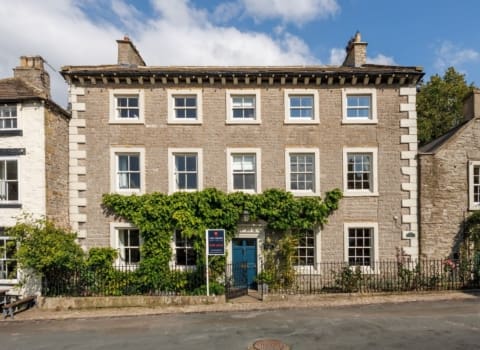Contact our offices
Main office
COLBURN
5 & 6 BAILEY COURT
COLBURN BUSINESS PARK
RICHMOND
NORTH YORKSHIRE
DL9 4QL
Estate Agency Offices are located in
BARNARD CASTLE, BOROUGHBRIDGE & RICHMOND
Residential Management Team
Our Offices
- Alnwick
01665 568310
Email Officealnwick@gscgrays.co.uk - Barnard Castle
01833 637000
Email Officebarnardcastle@gscgrays.co.uk - Boroughbridge
01423 590500
Email Officeboroughbridge@gscgrays.co.uk - Chester-Le-Street
0191 3039540
Email Officechester-le-street@gscgrays.co.uk - Colburn
01748 897630
Email Officecolburn@gscgrays.co.uk - Driffield
01377 337180
Email Officedriffield@gscgrays.co.uk - Hamsterley
01388 487000
Email Officehamsterley@gscgrays.co.uk - Hexham
01434 611565
Email Officehexham@gscgrays.co.uk - Kirkby Lonsdale
01524 880320
Email Officekirkbylonsdale@gscgrays.co.uk - Penrith
01768 597005
Email Officepenrith@gscgrays.co.uk

Is your land for ripe for housing development
The Government’s house-building target, set out in the 2019 Conservative manifesto, is for 300,000 homes a year by the mid-2020s. By their own admission they have fallen well short of achieving this, with 242,700 net additional dwellings in 2019-20, falling to 216,490 in 2020-21.
However, there is no reduction to the commitment from the government (or Labour) to this target. As such, you may well be considering the development potential of your land for housing.
There are a number of factors to consider before approaching a volume house builder.
Size Matters
At a site level, size really does matter, so the first thing to establish is the Net Developable Area i.e. how much of the site is physically capable of housing development. This excludes land containing particularly sensitive habitats, areas of flooding/contamination, or steep inclines for instance. Furthermore, infrastructure such as access roads; public open space and other community facilities; balancing ponds for surface water drainage, sub-stations and the like also need to be accommodated and should therefore be excluded from the calculation. As a rule of thumb, I work on the basis that the Net Developable Area should be around 75% of the total site area.
Site Yield
The next consideration is the yield that the site and the local market will sustain. A safe benchmark is 12 to 14 houses/Net Developable Acre. On the basis that a volume housebuilder will have a minimum requirement of around 60 units, you need to be looking at a site with a gross area of 6.5 to 7 acres.
Location, location, location
Unless you are in the extremely fortunate position of having a housing site at a scale that is standalone, your land will be developed as an extension to an existing residential area. You, therefore, need to consider how well related your land is to the existing settlement. Questions to ask are:
- Are the local amenities accessible on foot or by bike?
- Is the existing residential boundary permeable? i.e. is it punctuated with openings, such as footpaths which offer the benefit of an inter-relationship between existing and new houses? If it is an unbroken, close-boarded fence, are there opportunities to break through?
- Can your land offer something new to the existing residents? Is there a lack of informal play space or can you create a circular walk by dedicating public open space within your development?
- How significant will the impact of development be on the open countryside? Clearly, the more sensitive the landscape, the greater the harm caused by development. Can you readily mitigate this impact through hedgerow management or new planting for instance?
The Devil is in the Detail
While the above is useful guidance on how attractive your land is for development, it is for nought without a framework of supportive planning policies.
At a basic level, there are three tiers of planning policy.
- Neighbourhood Plans are made at the Parish Council level.
- Local Plans are adopted by Local Authorities for the area within their planning jurisdiction.
- National Planning Policy and guidance is set by Westminster and articulates the prevailing political thinking.
Assessing planning policy can be complex and will likely require professional input. The Local Plan making process is consultative. As such, it is possible for you to make representations that shape the future planning policies which you will have to work with.
Sites that you might consider as being ready now have probably benefitted from some form of promotion in the past. Where that has happened, the planning merits of the site should be known or discernible where it is not yet allocated.
Your site might benefit from a catch-all development policy, but the Holy Grail is site-specific policies that allocate your land for housing.
So how ripe is your site?
If you consider the above and have a clean bill of health on all fronts, you have a site that is ripe for housing development, and you should consider selling it straight away. If none of the above considerations are favourable, then your site is most unlikely to be attractive to a volume house builder.
As is most often the case, your site is likely to be somewhere between the two and would benefit from expert advice to determine whether there is a market for your site as it stands (as there often is), what work is needed to ‘ripen’ it fully, and which of those steps are beneficial for you to take and which, (if any), are best left to a buyer.
Speak to our Planning and Development team if you need help to determine the viability of your land for housing development.










